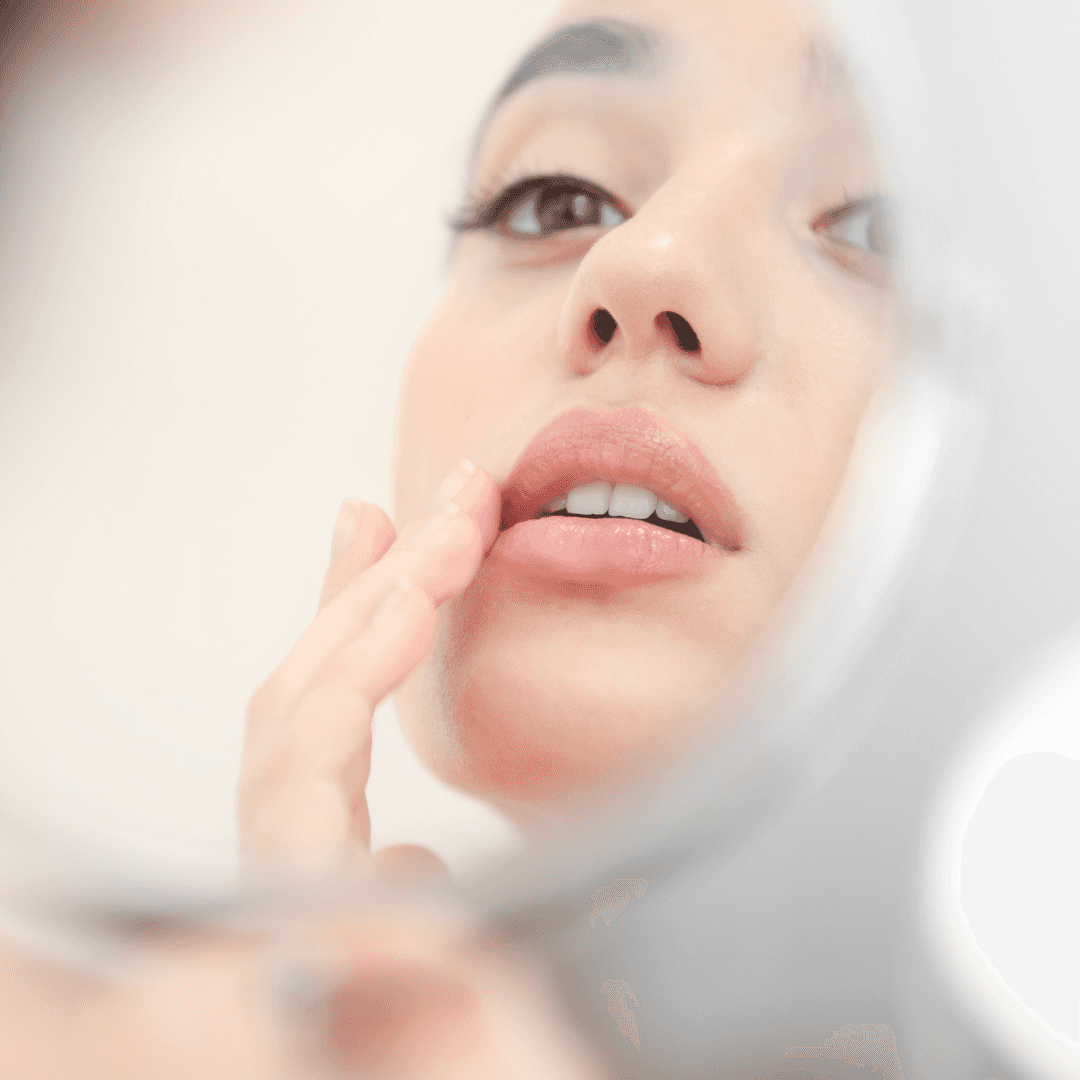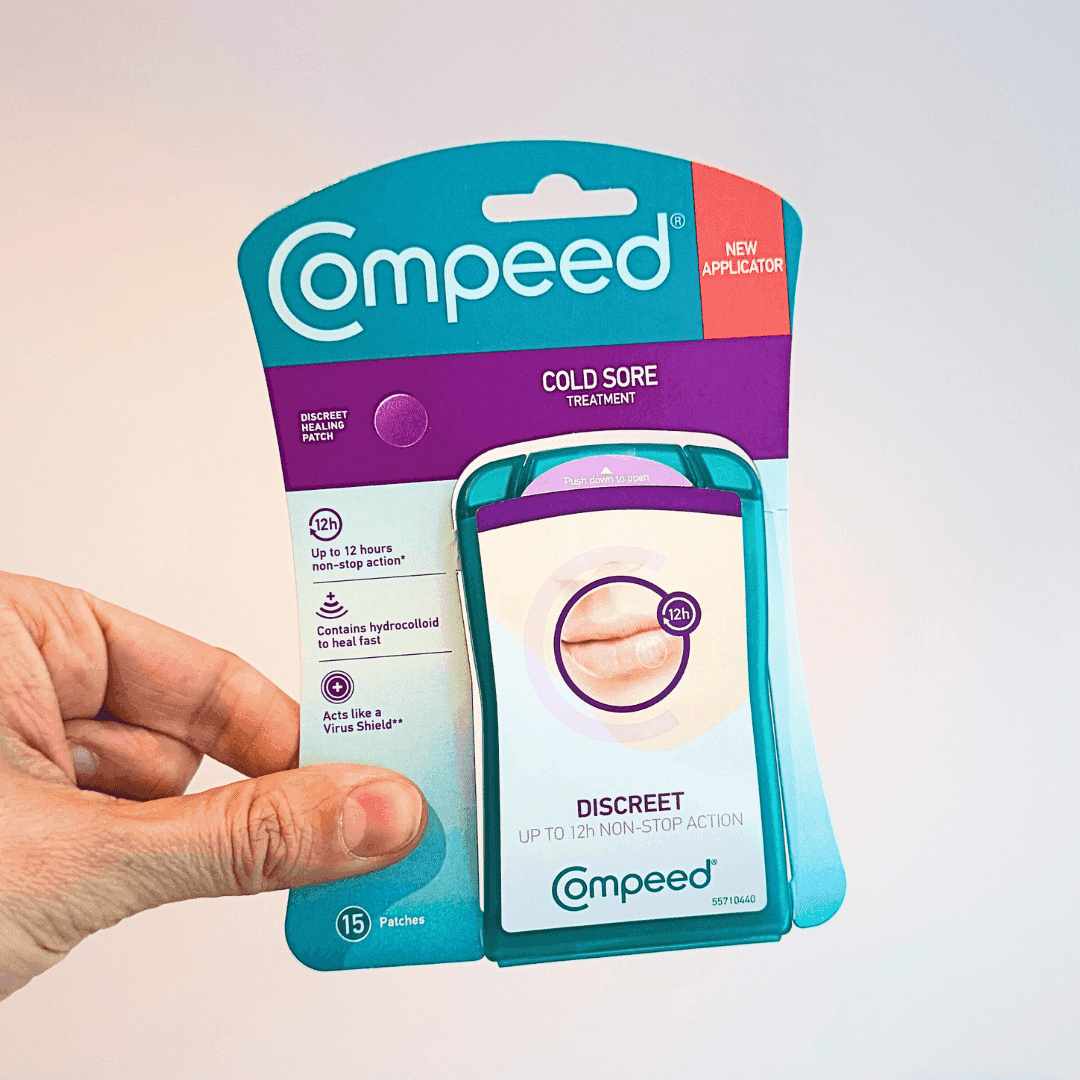Cold sores—they’re those annoying little blisters that tend to show up around your lips just when you least want them. Caused by the herpes simplex virus (HSV-1), cold sores are very common and highly contagious.
If you’ve ever had one, you know they can be painful and a bit of a confidence-killer. But here’s the upside: Cold sores don’t just appear out of nowhere. In fact, a few early cold sore signs can help you catch an outbreak before it fully develops.
Being able to recognise these early cold sore symptoms can make managing cold sores a lot easier, whether it’s speeding up healing, reducing discomfort, or preventing the spread to others. So, let’s dive into what you should look out for if you think a cold sore is on the way!



